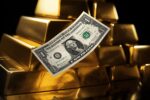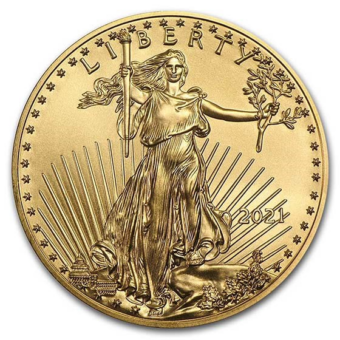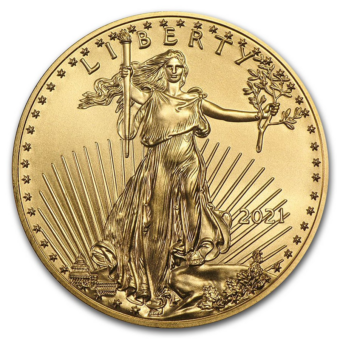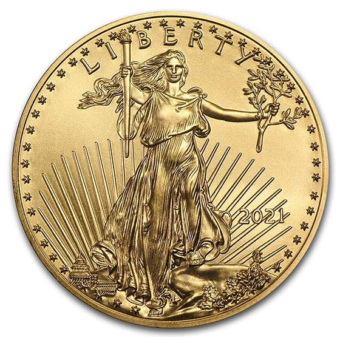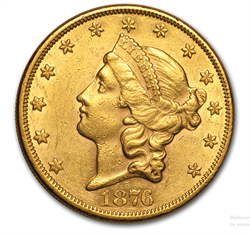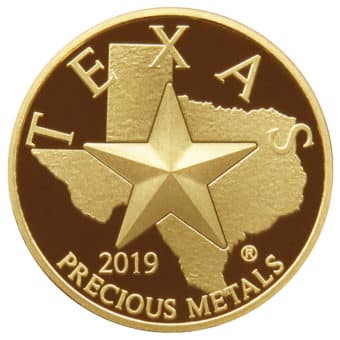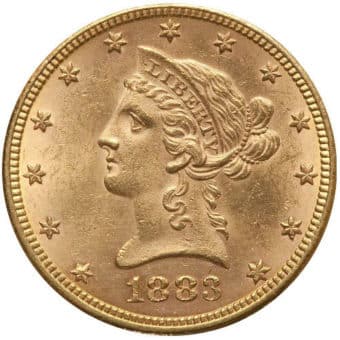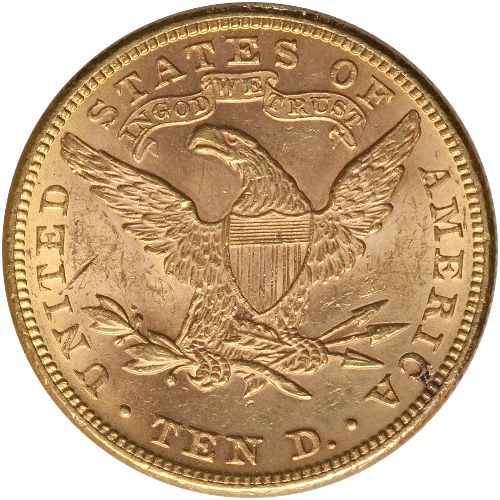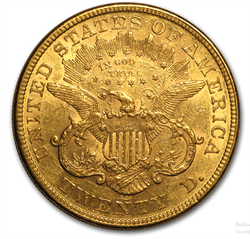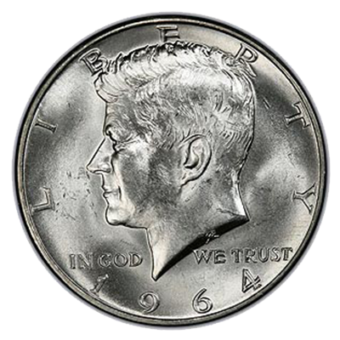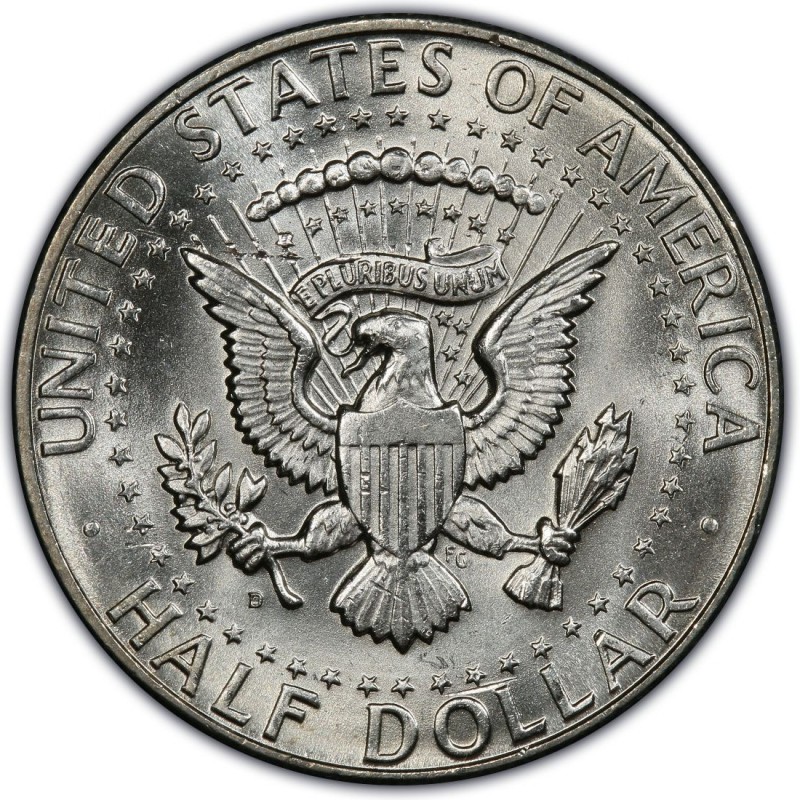A Daily Journey Through the Week's Market
Monday - 7.08.24: Gold and silver markets saw a rise, driven by positive U.S. economic data and geopolitical concerns. Gold reached its highest level since June, closing at around $2,370 per ounce, while silver rose to approximately $30.40 per ounce. The increase in gold and silver prices was bolstered by a dip in the 10-year Treasury yield.
Tuesday - 7.09.24: On Tuesday, both gold and silver maintained their upward momentum. Gold prices hovered around $2,390 per ounce, supported by continuing investor interest driven by inflation concerns and geopolitical instability in Europe. Silver traded close to $30.60 per ounce, with industrial demand also contributing to its strength.
Wednesday - 7.10.24: Gold and silver markets experienced a slight pullback on Wednesday. Gold prices slipped to about $2,375 per ounce, and silver fell to $30.50 per ounce. The slight decline was attributed to profit-taking by investors after the recent gains and anticipation of upcoming CPI and PPI data.
Thursday - 7.11.24: Thursday saw a significant surge in the gold and silver markets following the release of tame CPI inflation data, which strengthened the prospects of a Federal Reserve rate cut. Gold prices climbed to a six-week high, closing at $2,415 per ounce, while silver hit a five-week peak at $31.42 per ounce. This bullish trend was driven by expectations of a more accommodative monetary policy and a weaker dollar.
Friday - 7.12.24: In the early hours of Friday's U.S. trading, gold and silver prices experienced a significant decline, reaching daily lows shortly after the release of a U.S. inflation report that exceeded expectations. This downward trend was an extension of the overnight losses sustained by the precious metals following notable gains recorded on Thursday. As of the latest update, August gold had dropped by $23.00 to $2,398.60, while September silver had fallen by $0.966 to $30.70.
Gold Dips Below $2,400 Amidst Unexpected Rise in U.S. PPI for June
The gold market experienced a significant downturn as spot gold prices fell sharply below $2,400 per ounce, trading at $2,397.13 following the release of the latest Producer Price Index (PPI) data. According to the U.S. Labor Department, the PPI rose by 0.2% in June, contrary to economists' expectations of a modest 0.1% increase. This rise follows May's 0.2% decrease, highlighting unexpected inflation pressures. The annual headline wholesale inflation rate reached 2.6%, surpassing the forecasted 2.3%. Core PPI, excluding volatile food and energy costs, also increased by 0.4%, double the predicted 0.2%. Analysts suggest that this persistent inflation might prompt the Federal Reserve to consider lowering interest rates soon, potentially supporting gold’s long-term upward trajectory.
Gold Surges Above $2400 as Declining June CPI Spurs Hopes for Rate Cuts
The latest Consumer Price Index (CPI) report from the Bureau of Labor Statistics revealed a significant decline in inflation for June, with the index dropping by 0.1% and the annual inflation rate falling to 3%. This decline exceeded economists' expectations and marked the first decrease in prices since early 2020. The favorable CPI data has bolstered hopes that the Federal Reserve may begin cutting interest rates, potentially starting in September, with further cuts possible by December. This prospect has significantly impacted the gold market, with spot gold prices rising to $2,413.92 and August gold futures reaching $2,421.90, both reflecting substantial daily gains. The positive inflation report aligns with Fed Chair Powell's recent remarks emphasizing the need for further evidence of waning inflation to justify rate cuts, bringing the Fed closer to its 2% inflation target.
Citi Forecasts Central Bank Gold Demand to Drive Prices to $3,000 by 2025
Central bank gold demand, although slowed recently, remains robust, with Citi analysts predicting it could push gold prices to $2,600 per ounce by the end of 2024 and as high as $3,000 by mid-2025. Despite a recent pause in purchases by the People’s Bank of China, Citi forecasts central banks will acquire around 1,100 tons of gold this year, marking a 5.8% increase from last year, with potential to exceed 1,250 tons in a bullish scenario. This demand, constituting a record 28-30% of gold mine production since 2022, could rise to 35% due to trade tensions and U.S. fiscal policy concerns. Additionally, increased interest from retail consumers and investors, spurred by potential Fed rate cuts and U.S. labor market challenges, supports Citi's optimistic price outlook.
Rising Misery Index Highlights Growing Economic Struggles in the US
The United States is far from the "strongest economy ever," with the unemployment rate rising to 4.1%, the highest in three years, and inflation eroding purchasing power by over 24% since 2019. Despite increased government employment, real wage growth remains sluggish, leading to a Misery Index increase from 6.8% in January to 7.4% in June. The index, which measures unemployment and inflation, is far above its pre-pandemic level of 5.4%. The economic disparity is growing, with the average citizen becoming poorer while the wealthy benefit from stock market investments. High government spending and rising debt have failed to alleviate economic woes, making it harder for Americans to make ends meet. The nation faces a critical choice between continued Keynesian policies leading to further impoverishment or adopting pro-growth strategies to enhance disposable income, investment, and productivity.
Former Home Depot CEO Criticizes Biden's 'Deceptively Correct' Jobs Report
Economic experts, including former Home Depot CEO Bob Nardelli, have raised concerns over the Biden administration's June jobs report, which touted the addition of 206,000 jobs. Nardelli argues that the report is "deceptively correct" as one-third of these new jobs are in the government sector, which does not generate GDP. He highlighted persistent inflation as a major issue, likening it to a "silent killer" that degrades the quality of life. Economist Steve Moore echoed these sentiments, noting that the economy is slowing and that the biggest sources of new jobs have been government and healthcare, rather than the manufacturing sector. Both experts caution against overstating the health of the labor market and criticize the administration's spending policies for exacerbating economic challenges.
Fed Chair Powell Warns Against Prolonged High Interest Rates Threatening Economic Growth
Federal Reserve Chair Jerome Powell expressed concerns that maintaining high interest rates for an extended period could jeopardize economic growth. In his remarks for this week's Capitol Hill appearances, Powell emphasized that while the economy and labor market remain strong, excessive policy restraint could weaken economic activity and employment. Despite some easing in inflation, which remains a key focus for the Fed, Powell highlighted that overly cautious rate reductions might hinder economic recovery. With the current federal funds rate at its highest in 23 years, markets anticipate potential rate cuts starting in September. Powell's statements come amid a backdrop of a volatile presidential campaign and increasing political pressure to lower rates to support job creation. He underscored the Fed's need for operational independence to manage policy effectively without political interference, despite the contentious environment in Washington.
BRICS Issues Strong Warning to G7 Over Frozen Russian Assets
BRICS member Saudi Arabia has issued a stern warning to the G7 alliance, advising against the seizure of $300 billion in frozen Russian assets. This warning comes amid increasing tensions, as the G7 proposed the asset seizure to support Ukraine and punish Russia for its actions earlier this year. According to a Bloomberg report, Saudi Arabia, which recently joined the BRICS alliance, hinted it might sell some of its European debt holdings if the G7 proceeds with the seizure. This move highlights the strengthened ties and mutual support between Saudi Arabia and Russia within BRICS, as they collectively respond to threats against the Russian Central Bank’s funds.
Next Week’s Key Events
Monday, July 15
- 8:30 am: Empire State Manufacturing Survey (July)
- 12:00 pm: Fed Chairman Powell speaks
Tuesday, July 16
- 8:30 am: S. Retail Sales (June)
- 2:45 pm: Fed Gov. Kugler speaks
Wednesday, July 17
- 8:30 am: Housing Starts and Permits (June)
- 9:15 am: Industrial Production and Capacity Utilization (June)
- 2:00 pm: Fed Beige Book
Thursday, July 18
- 8:30 am: Initial Jobless Claims (July 13)
- 8:30 am: Philadelphia Fed Manufacturing Survey (July)
- 10:00 am: S. Leading Economic Indicators (June)
Friday, July 19
- 10:40 am: New York Fed President Williams speaks
- 1:00 pm: Atlanta Fed President Raphael Bostic speaks
IMPACT ON PRECIOUS METALS MARKETS
Empire State Manufacturing Survey
This report provides insight into manufacturing conditions in New York State. A strong survey result could indicate economic growth, potentially leading to higher interest rates, which may pressure gold and silver prices downward as they offer no yield.
U.S. Retail Sales
Retail sales data reflect consumer spending, a critical component of economic health. Higher retail sales can signal economic strength, leading to expectations of higher interest rates, which could negatively impact gold and silver prices.
Housing Starts and Permits
Housing starts and permits data indicate the health of the housing market. Strong housing data suggest economic growth, possibly leading to higher interest rates and a stronger dollar, which can be bearish for gold and silver.
Industrial Production and Capacity Utilization
This report measures the output of the industrial sector. An increase in industrial production and capacity utilization signals economic strength and could lead to higher interest rates, negatively affecting gold and silver prices.
Fed Beige Book
The Beige Book provides a summary of economic conditions across the Federal Reserve districts. Positive reports can increase expectations of interest rate hikes, potentially driving down gold and silver prices due to the opportunity cost of holding non-yielding assets.
Initial Jobless Claims
This report indicates the number of people filing for unemployment benefits. Lower-than-expected claims suggest a strong labor market, which could lead to higher interest rates, potentially pressuring gold and silver prices downward.
Philadelphia Fed Manufacturing Survey
This survey provides information on manufacturing conditions in the Philadelphia region. Strong survey results can indicate economic expansion, leading to expectations of higher interest rates and a stronger dollar, which could be bearish for gold and silver.
U.S. Leading Economic Indicators
This composite index aims to predict future economic activity. Strong leading indicators suggest future economic growth and potential interest rate hikes, which can negatively impact gold and silver prices.
Federal Reserve Talks
Speeches by Fed officials, including Chairman Powell, Gov. Kugler, President Williams, and President Bostic, can significantly influence market expectations regarding monetary policy. Hawkish comments indicating potential interest rate hikes can pressure gold and silver prices lower, while dovish comments suggesting rate cuts can support higher prices for these metals.




